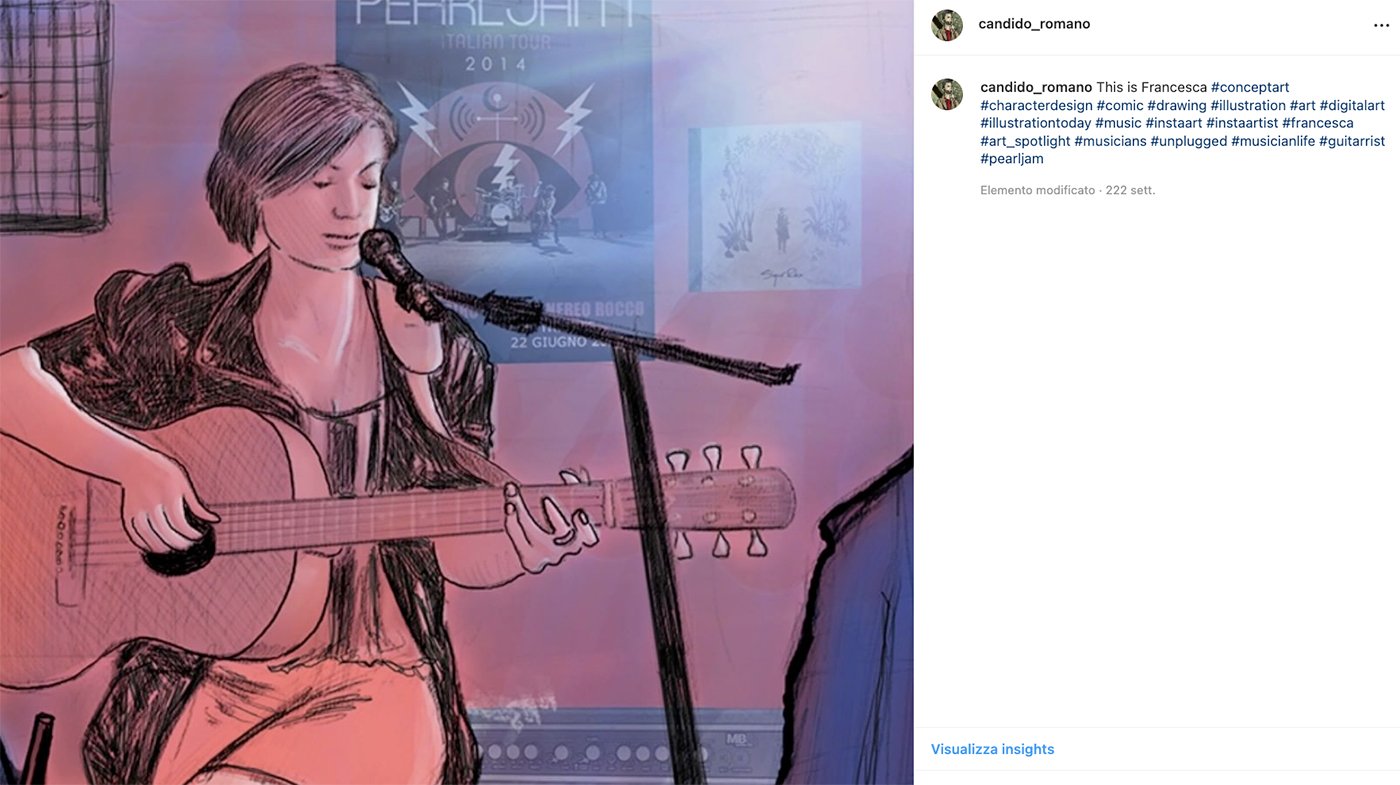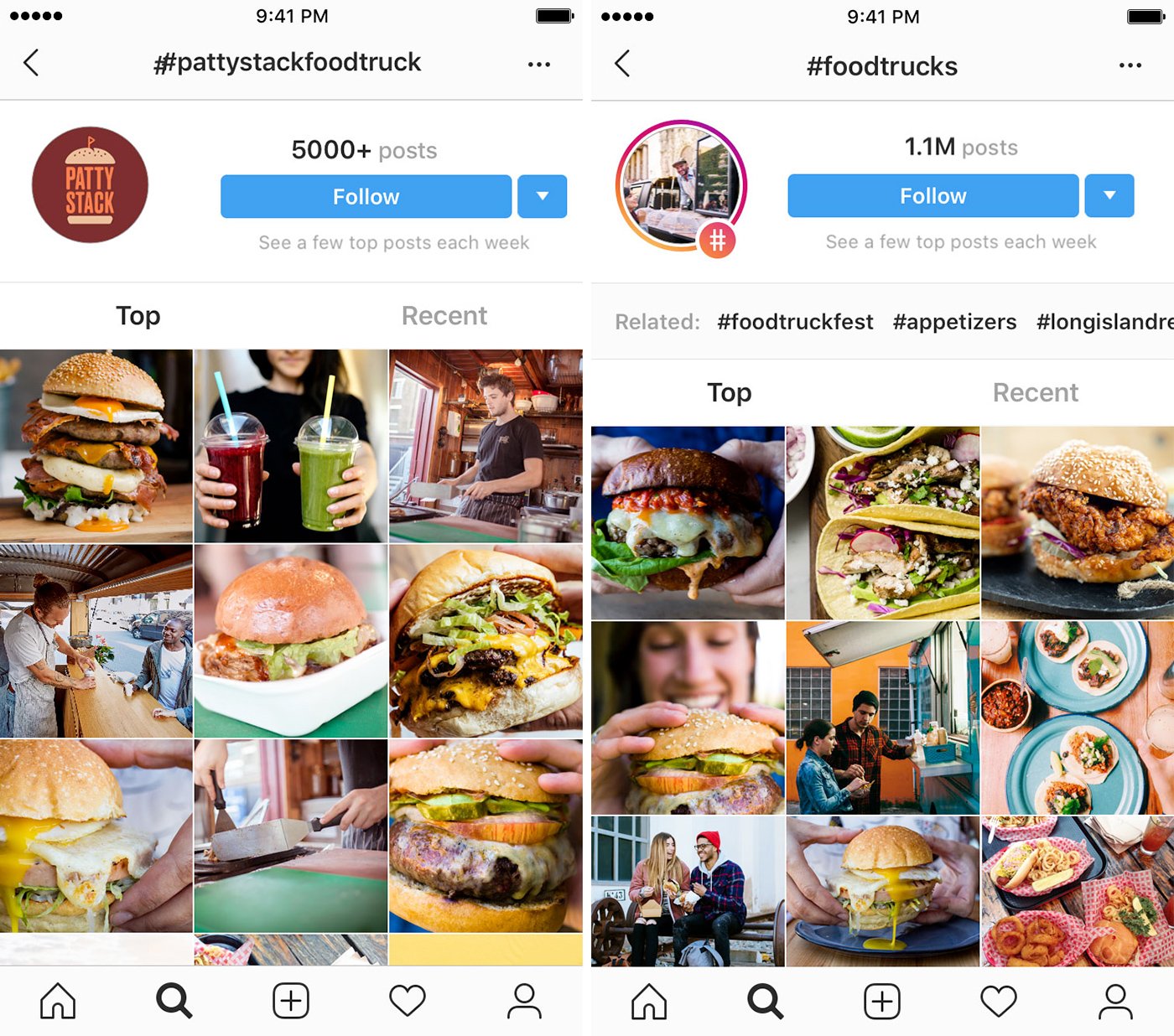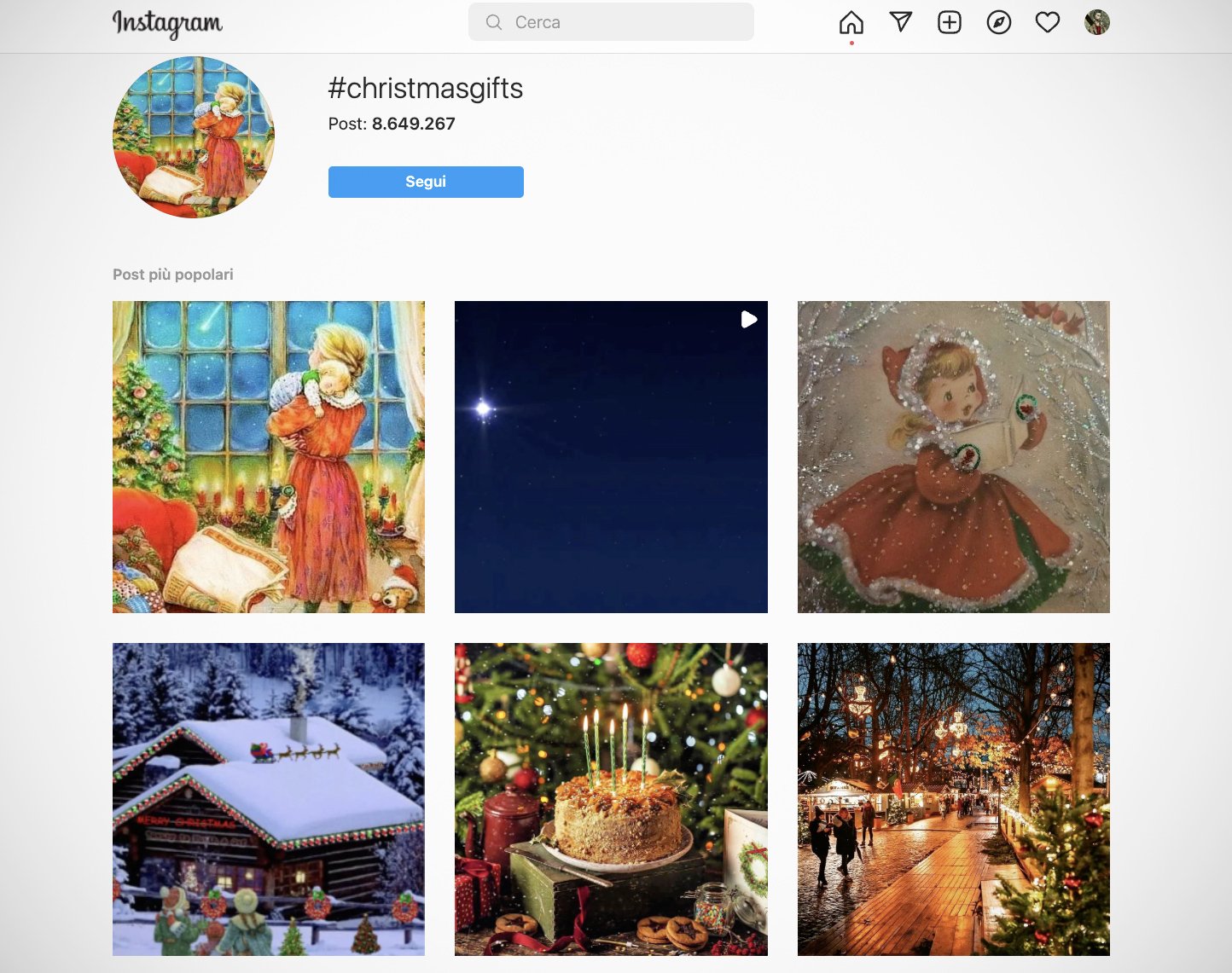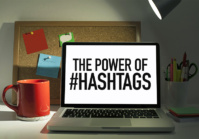Hashtags: how to use them the right way on Instagram
Hashtags on Instagram are still a key tool for increasing the engagement of posts or Stories, getting more likes and followers or reaching more people interested in certain products or services. Using them correctly means greatly expanding the exposure of your content.
Hashtags on Instagram, however, should be used with caution: a wrong strategy can cause damage and in the worst cases the algorithm can even penalize the business page. Therefore, you need to select only the best hashtags for your specific industry, and to do so you need to have a thorough understanding of how they work.
What are hashtags on Instagram
Hashtags on Instagram are basically tags that are useful for categorizing content posted on a particular page. They are usually a combination of letters, numbers or emoji preceded by the # symbol, for example #nature. Each hashtag categorizes a specific topic and are used to make content easier to find.

Hashtags are clickable. The user who clicks on the hashtag, or performs a search within Instagram, is directed to a page that shows all the posts that have used that specific hashtag. At that point, the user can decide to follow that hashtag-this way, posts or Stories that use it will appear in the user’s feed, even if they do not follow the specific creator or brand that used that hashtag.
Why to use hashtags on Instagram
The reasons for using hashtags within Instagram posts or Stories are several:
- They allow you to expand your audience and get your content more visibility
- They can increase the exposure of a brand or personal brand, so you can increase interactions and followers
- They help the algorithm better categorize the types of content a particular business publishes, to show it to the people most interested
- Some highly-followed topic pages use hashtags as a source for finding content to republish: the visibility of one’s business could have an extremely positive spike if republished by a page with over 100,000 followers
Of course, it is up to the individual user to choose the right hashtags for their business.
How hashtags work on Instagram
The use of hashtags is very simple and intuitive. The user posts an image, video or Story on Instagram and in the text part can accompany the description with a series of related hashtags.

An example: if you post a photo of a dog, the hashtags in the description should be in line with what you see in the photo, so it could be #animals, #dog, #nature, #animallovers, etc. Or the photo of a drawing could be accompanied by the hashtags #conceptart #characterdesign #comic and #drawing.
This way posts can be categorized, so everyone who is interested in the topic “animals” or “drawing” will be much more likely to find the content.
Popular types of hashtags
Instagram itself has published on its official website 9 types of popular hashtags, which can be used by users and businesses:
- Hashtags that indicate products or services: they can correspond to generic keywords that precisely describe one’s product or service, such as #shoes or #
- Hashtags for a specific niche: these are those that indicate more specific sectors and help companies or professionals to better position themselves, for example #travelblogger or #weddingphotographer.
- Hashtags for Instagram communities of a specific sector: real communities are formed around hashtags, which can be uncovered with a search within the platform, for example #panettieridiinstagram or #amantidelcibodiinstagram.
- Special events or seasonal hashtags: these are those referring to holidays, seasonal periods or national days, e.g. #internazionaldayofcats or #summer2022.
- Location-referenced hashtags: geographically tagging one’s post on Instagram can be very useful, but still, it is also a practice to include a hashtag indicating location, such as #venetodascoprire or #napolifood.

- Daily hashtags: each day of the week can be personalized with a hashtag, from #MondayMorning to #motivationMonday or #WednesdayOfFood.
- Brand-relevant keyword hashtags: mix elements of product or service hashtags, niche and community hashtags, from the simplest #creativity to #loveforbalances. They allow connecting to existing communities to give products or services more visibility.
- Hashtag with acronym: the most popular is definitely #TBT , which stands for “Throwback Thursday,” with hundreds of millions of po There are many others, such as #qotd (quote of the day, in Italian “quote of the day”) or #ootd (outfit of the day, in Italian “look of the day”).
- Emoji hashtags: these are hashtags that include words with emoji or just emoji, such as #shoes👟 or #🌞.
How many hashtags you can use on Instagram
A maximum of 30 hashtags can be used within posts, while a maximum of 10 hashtags can be included in Stories. Different schools of thought have arisen from this numerical limit: there are those who recommend using the maximum number of hashtags to increase the visibility of the content as much as possible, but there are those who instead recommend not using many to avoid the unsightly “wall of hashtags.”
It is not necessarily the case that having 30 hashtags available means necessarily using all of them. Each industry, page or specific Instagram Marketing strategy can determine the number of hashtags to include. Commonly, 2 or 3 very specific hashtags are used per post, but some research has indicated that it is useful to use at least up to 11 hashtags per piece of content.
There is actually one very important factor to consider when choosing a hashtag, which is the number of posts that have already used it. As mentioned above, by searching for a hashtag, the platform indicates the precise number of how many times it has been used.
Now it is possible to make an assessment based on this data: the more a hashtag is used, the more competition there is. It means that if you use a hashtag that appears in 1 million posts, it is more difficult for your content to be viewed by the target audience, because there is more competition. On the contrary, hashtags that are less used, those that correspond to specific niches, have yes less audience, but also less competition.

Which one to choose. A hashtag with a large audience and high competition, or one that is less used but very specific?
A useful strategy in this regard might consider using all 30 available hashtags, but broken down precisely according to their popularity, so use:
- 5 hashtags used from 0 to 10,000 posts
- 10 hashtags used from 10,000 to 100,000 posts
- 10 hashtags used from 100,000 to 500,000 posts
- 3 hashtags used in more than 500,000 posts
This way you can tag your content by leveraging both popular and niche hashtags.
How to hide Instagram hashtags
If you use a large number of hashtags but want to hide this annoying wall of text, you can adopt several strategies.
- Hiding Instagram hashtags in posts: immediately after writing the post caption, press the “Enter” key on your keyboard to create space under the text. At this point, type a series of dots (…) or similar symbols. Repeat at least four times. After typing the fourth series of dots, enter the chosen hashtags. This way the hashtags will be visible in the caption only to users who select the “see more” option.
- Hiding Instagram hashtags in comments: in this case, you should write the caption in the post without including hashtags. Once the post is published, leave a comment below your post. Paste the hashtags here, within the comment. If the post is viewed from smartphones, the hashtags will only be visible by those who choose to view “all comments.”

- Hiding Instagram hashtags in Stories: simply write the hashtags in a story being posted. Then select them and reduce their size, shrinking them until they are very small. Having arrived at this you can also place an image or GIF over the hashtags to literally hide them.
How to find the best hashtags for Instagram
Instagram unfortunately does not publish a list of popular or trending hashtags, unlike Twitter. The only way to know the popularity of a hashtag is to search on the platform and see precisely how many posts use it.
Searching and finding the best hashtags on Instagram, however, is vital for increasing brand popularity, likes and followers. Several strategies can be pursued to find new trending topics, including:
- Keeping an eye on the competition: this does not mean copying what others are doing, but monitoring the hashtags your competitors are using is always helpful. It can provide insight into what is working, or cues to find new hashtags that generate new ideas on more creative alternatives as well.
- Twitter is a well of information: there is no doubt, about current events and what is trending Twitter is still useful for this type of research. It also offers a section with lists of trending hashtags. However, one must be aware, being news-focused, that it is not enough to copy Twitter hashtags to Instagram, but they can still be useful to get an idea about current fashions.
- Keep an eye on what hashtags your audience uses: finding the hashtags used by your target audience is a very effective way to expand your audience and thus reach people who are really interested in your business.
The best tools for generating hashtags
Besides manual research, which can take quite some time, there are tools for finding the best hashtags for one’s niche, also called hashtag generators.
- Hashtagify: it can show the popularity of a specific hashtag in seconds. In addition to this, it also provides a list of similar or related hashtags compared to the one searched, so it is a very useful tool for finding new hashtags.
- Tagify: hashtags for Instagram: this is an Android app that generates 30 hashtags based on a keyword specified by the user.
- Top Tags: is an iOS app that searches for the best hashtags by likes to avoid a longer manual search.
- Keyhole: shows different information for each hashtag, including the number of all users who follow it (and thus see the associated posts in their feed).
- Ritetag: on the other hand, this tool can suggest new hashtags based on the text or images used.
This concludes this overview of how to use hashtags on Instagram, a world that is always evolving and must be studied continuously if you want to achieve consistent popularity over time.

